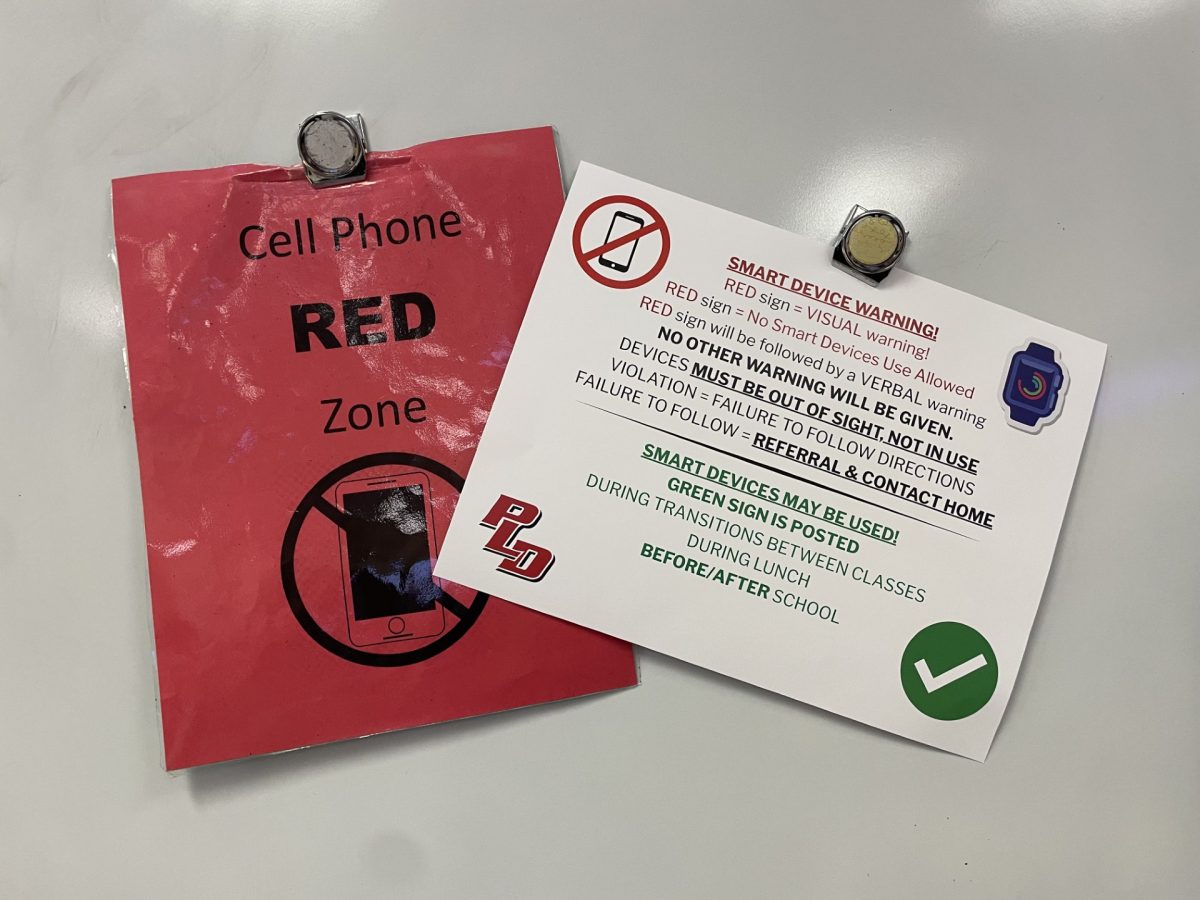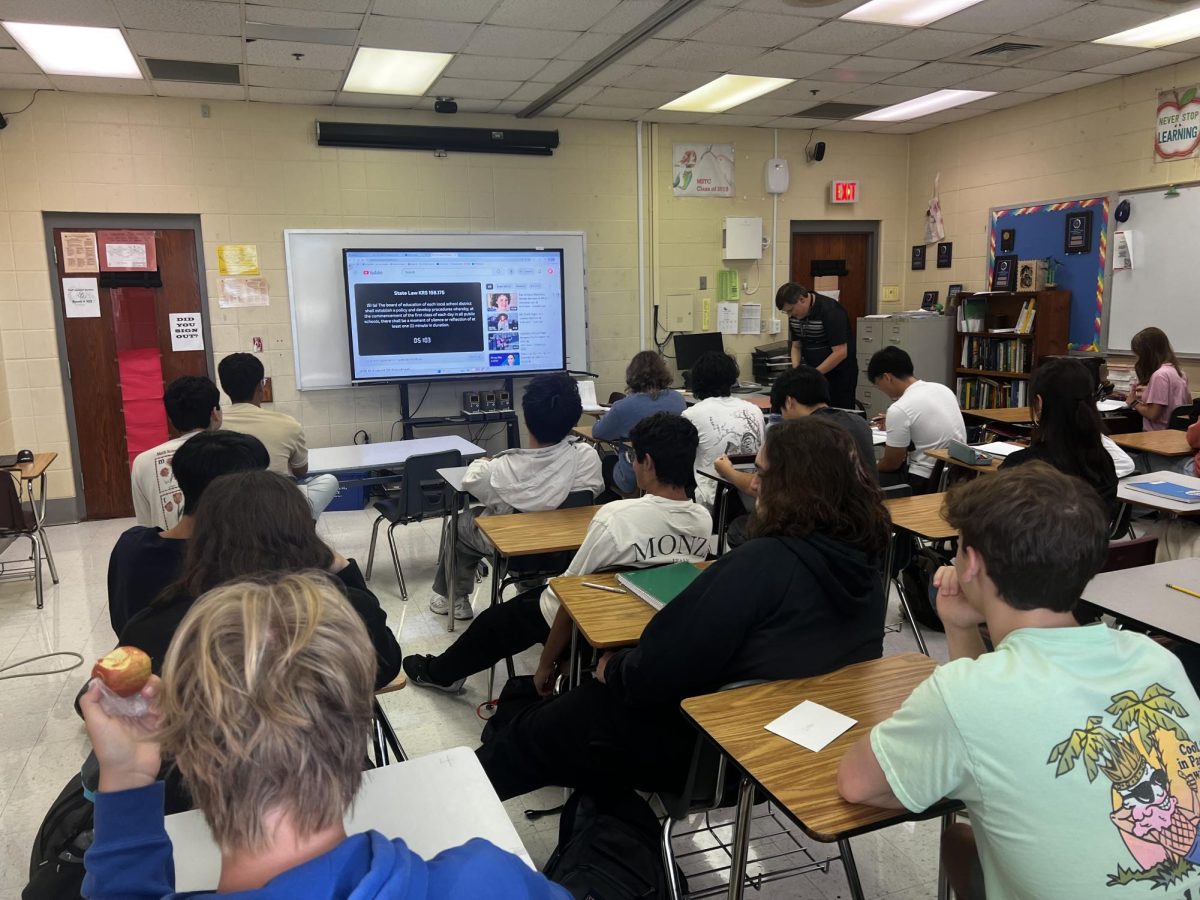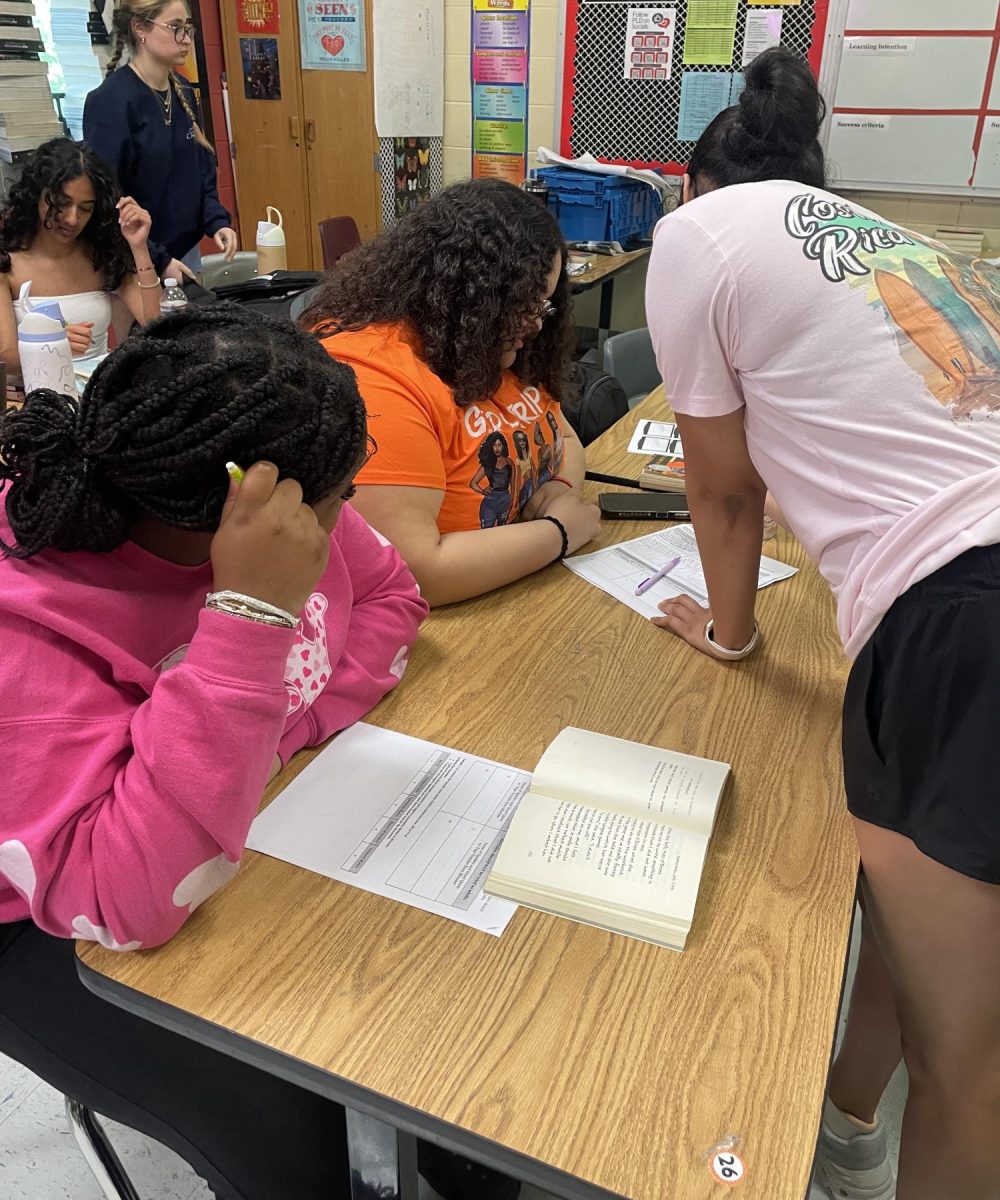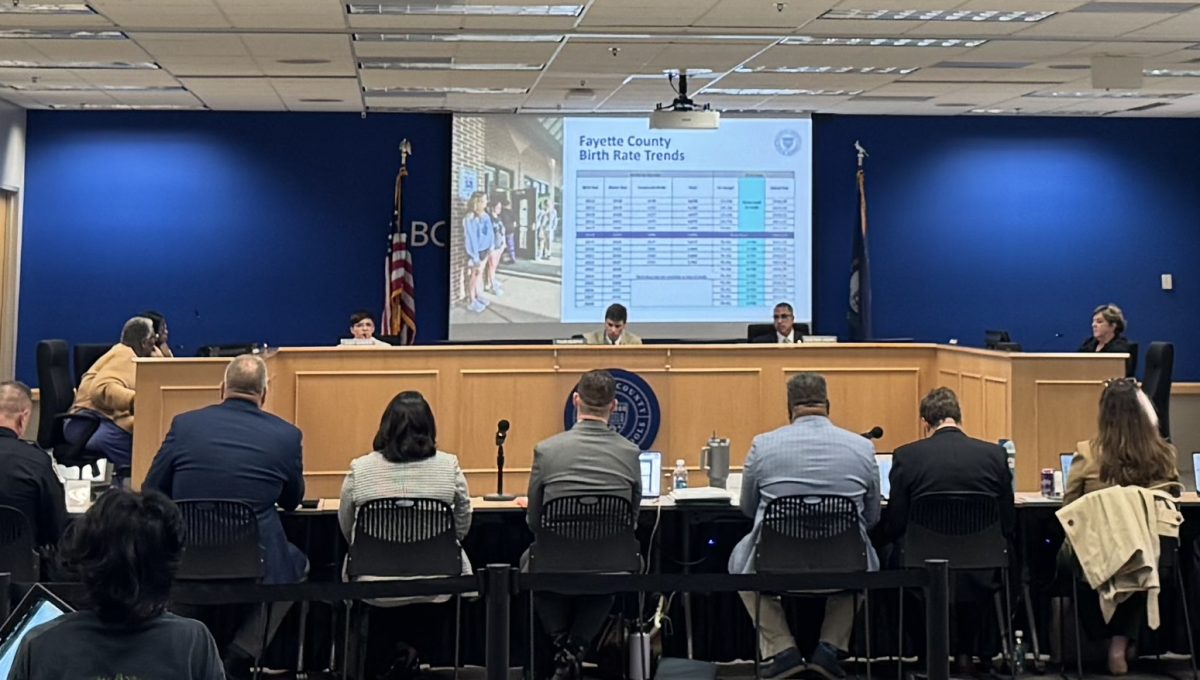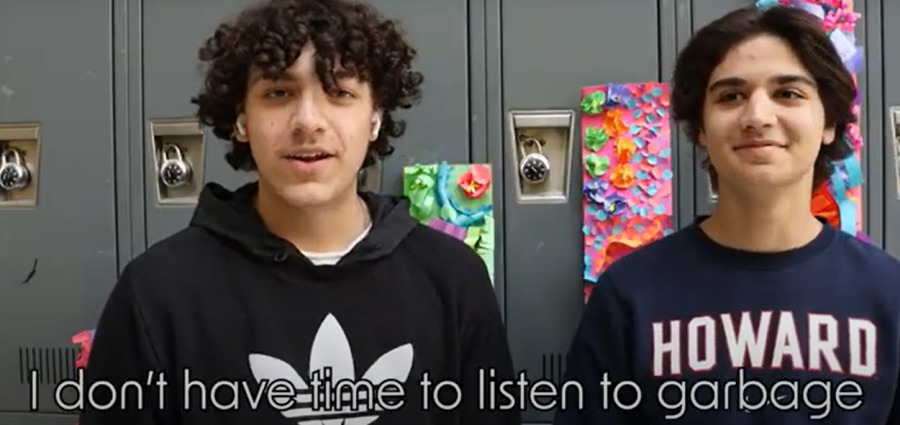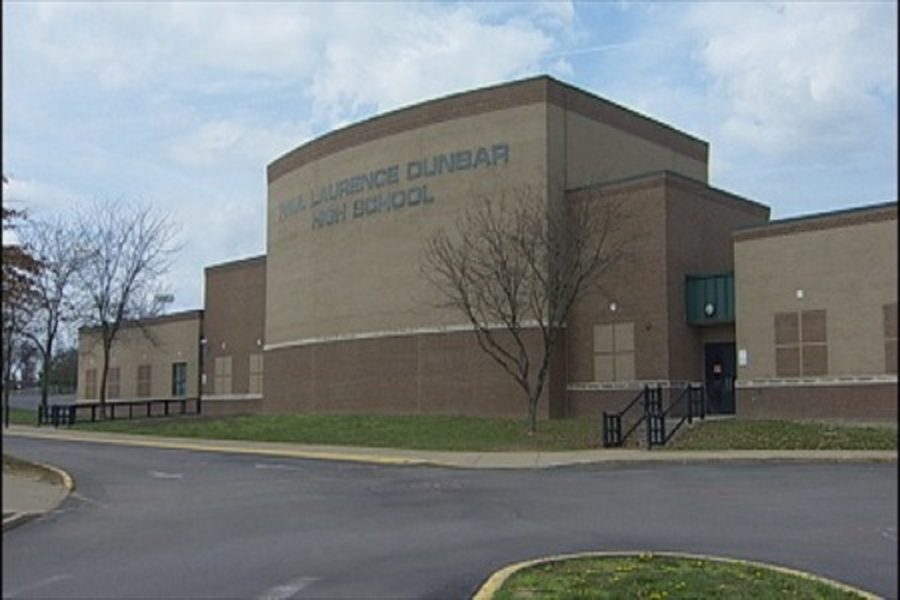
President Donald Trump has experienced an eventful few weeks in office. During his campaign, he made promises on a wide range of topics, from immigration to tariffs to government spending. So far, he has begun overhauling the government with a series of executive orders. As of April 28, he has already signed 140.
Many have been highly controversial, like his movement to eliminate Diversity, Equity, and Inclusion (DEI) programs and his attempt to revoke birthright citizenship for children of undocumented immigrants. He also signed an executive order to rename the Gulf of Mexico to the “Gulf of America.” While these directives have been the subject of national headlines, the president also introduced an order on school choice.
School choice refers to policies that let families use public funds to access schools beyond their local district, like private schools. The goal is to provide parents with the option to choose the optimal learning environment for their children, but opponents argue that diverting public funds to private schools is unfair.
Kentucky voters are already familiar with this concept. Amendment 2, dubbed the “school choice amendment,” was on the ballot this past election day. If passed, the amendment would have allowed the state government to bypass constitutional restrictions and direct public funds to private institutions.
While it didn’t pass, the movement supporting school choice is gaining momentum. In 2000, there were just five such programs nationwide, but today, 32 states and the District of Columbia offer some kind of school choice program. A majority of these are red states.
Trump’s executive order involves multiple agencies, including the Department of Education, to simplify the process of directing taxpayer funds toward private education, which is a big win for advocates of limited government intervention and increased parental control in education. According to the New York Post, while these principles are usually associated with conservatives, school choice has the support of 69% of Americans, demonstrating how this issue is gaining broad bipartisan appeal.
Allowing parents to decide where their children attend school has various effects. Supporters claim that school choice pushes public schools to improve. According to the American Federation for Children, this improves test scores and educational outcomes for both program participants and public school students.
Junior Kishan Amin believes this is the most important factor.
The Cato Institute argues that the long-term success of school choice programs will ultimately depend on their ability to benefit all students, regardless of their socioeconomic background, and improve academic performance nationwide.
However, diverting funds from public schools will disproportionately impact underserved communities. A Kentucky Center for Economic Policy report on Amendment 2 found that school choice could hurt the state’s poorest areas most, as the lack of private schools in these districts means local tax money would fund private education elsewhere. This may exacerbate inequalities in education.
For junior Aditya Gupta, this makes school choice less appealing. “Especially in Kentucky, one of the poorest states, school choice is a bad idea,” he said.
Other Trump administration initiatives could impact school choice programs, namely his plans to dismantle the Department of Education (DoE). While a complete elimination is unlikely, Elon Musk’s Department of Government Efficiency has already announced the termination of $881 million in contracts from the DoE.
The DoE is responsible for providing financial aid for millions of students, so if funding dries up, impoverished communities and schools in those areas could suffer. This may benefit private institutions aided by school choice programs. On the other hand, decreased DoE funding could limit the expansion of school choice programs or shift the economic burden to states, which may need to allocate funding to support such initiatives.
According to the Nation’s Report Card, math and reading scores in America are still lagging behind pre-pandemic levels. While it may take a little longer to come to Kentucky and Fayette County, based on recent trends, it seems that school choice is here to stay and could become an integral part of our national education system.



